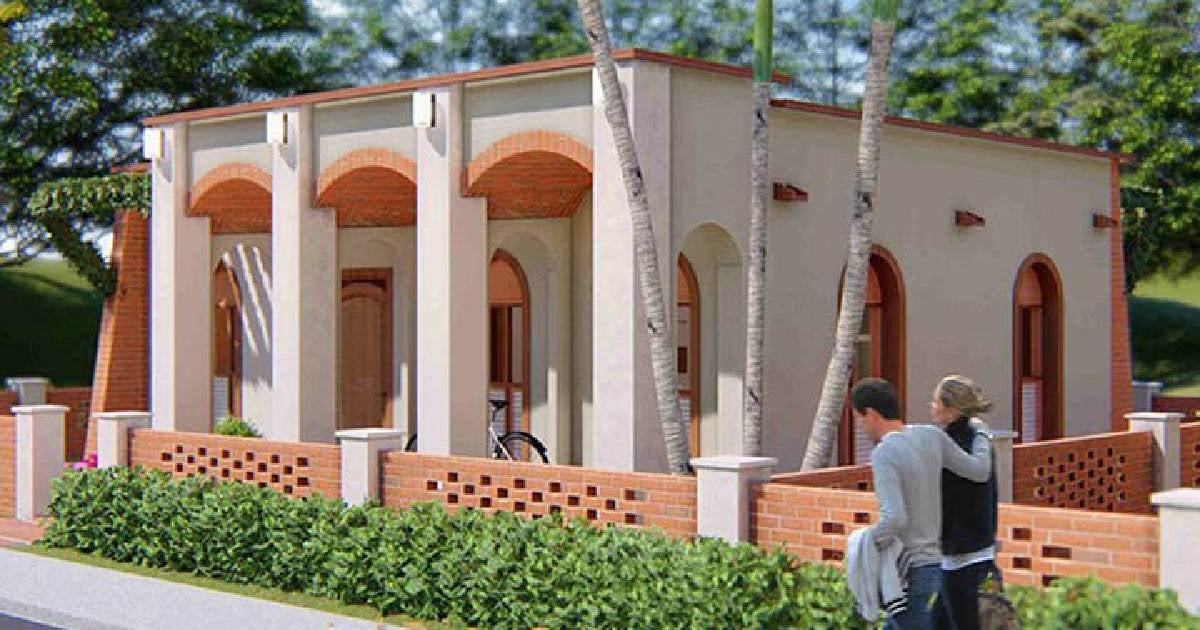Amidst Cuba's severe housing crisis, the regime is pushing forward several initiatives that involve constructing buildings from shipping containers as part of efforts to alleviate the housing shortage in the province of Holguín. Besides these container homes, the Cuban News Agency reports plans for prefabricated modules aimed at multifamily residences, senior living facilities, and structures built without steel or cement, inspired by traditional colonial-era building techniques.
According to Solange Reyes Ochoa, an architect with the Engineering and Design Services Company overseeing the project, these prefabricated multifamily buildings offer better urban adaptability and space flexibility. She further explained that constructions without steel or cement provide an alternative in the face of the island's chronic shortage of building materials. These solutions, she claimed, aim to enhance community wellbeing through "creative and sustainable" projects.
Nonetheless, the proposal for container homes in Cuba is set against a backdrop of deep economic crisis, where millions of families struggle to access basic necessities, much less decent housing options. In countries like Spain, container homes have gained some popularity as a sustainable and affordable alternative, offering versatile designs, shorter construction times, and more accessible pricing, as highlighted by an analysis from Idealista News.
The features of these homes include their high durability, thanks to the original metal structure of the shipping containers, designed to withstand extreme conditions and heavy loads. They also offer the possibility of relocation, reducing their environmental impact compared to traditional housing, although they do require a foundation on the land where they are installed. In Spain, construction times range from one to six months, depending on the project's size and complexity—a scenario hard to imagine in Cuba, where bureaucracy, shortages, and lack of infrastructure delay any building plan.
While the Cuban regime presents these initiatives as a "creative solution," the reality is that the majority of the population cannot access decent housing. In a country where material shortages, low wages, and exorbitant prices—often in foreign currencies—render any official proposal a pipe dream for most Cubans.
Understanding Container Homes in Cuba
What are the benefits of container homes?
Container homes are known for their durability, flexibility in design, and reduced environmental impact. They are constructed from shipping containers, which are built to withstand harsh conditions and heavy loads. Additionally, they can be relocated if necessary.
Why is Cuba considering container homes?
Cuba is exploring container homes as a potential solution to its severe housing crisis. The regime sees them as a way to offer more housing options despite the chronic shortage of traditional building materials like steel and cement.
How do container homes compare to traditional houses?
Container homes offer several advantages over traditional houses, including shorter construction times, lower costs, and greater sustainability. However, they do require a foundation and may not be as widely accepted in areas with strict building codes.
